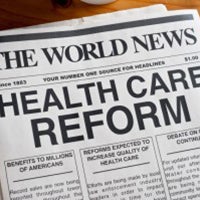From Cancer Screenings to Prenatal Care, the Latest Challenge to the Affordable Care Act Threatens Availability of Free Preventive Services

The ACA requires that most insurers and employers cover a set of preventive health services at no cost to enrollees. Estimates suggest that more than 150 million people have access to over 100 services such as cancer screenings, contraception, and vaccines without any out-of-pocket costs. A case pending in federal court threatens to cut off consumers’ access by allowing insurers to impose cost-sharing on these services or, in some cases, cease covering them altogether. CHIR’s Rachel Schwab takes a look at some of the currently free services in jeopardy.




